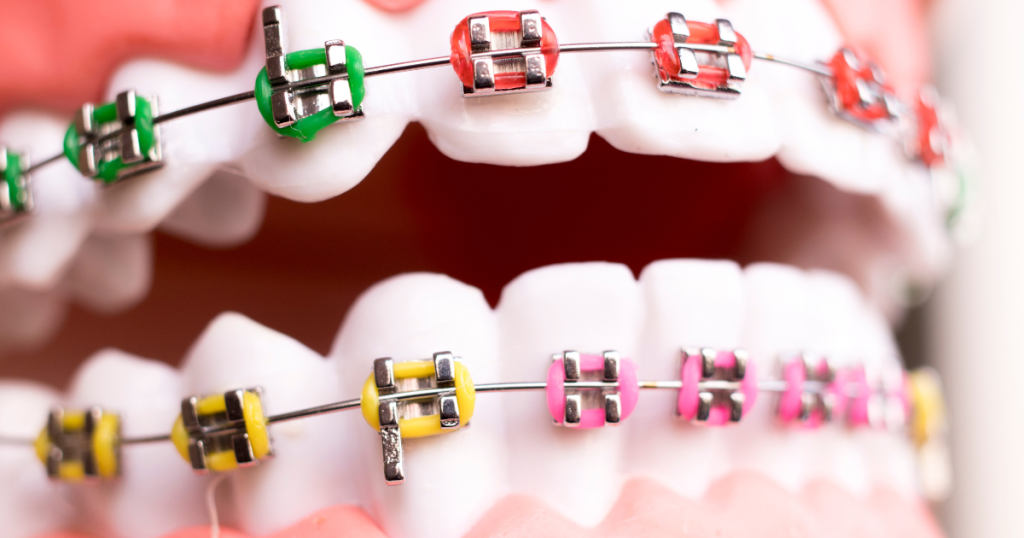Bolton Discrepancies Unmasked: In-Depth Knowledge

In dentistry, a Bolton discrepancy refers to a significant size difference between the upper and lower teeth; this can cause discomfort, aesthetic issues, and dental health problems when it is not addressed. The discrepancy was identified by Wayne A. Bolton, who developed an analysis.
This article explains the Bolton discrepancy, how it affects dental health, and the treatment options available.
What is a Bolton Discrepancy?
In order to prevent misalignment when teeth are overcrowded, Dr. Wayne A. Bolton developed the Bolton Analysis. By measuring the size of each tooth in the anterior and posterior jaw using the Boley Gauge, the Bolton analysis determines the size of the overbite and provides a calculation that informs the orthodontist of the treatment options available . This calculation takes into account both the tooth weight and the available realignment space.
According to Dr. Bolton, upper teeth must be 23% wider than lower teeth for a healthy overbite; if this is not the case, there will be misalignment and overcrowding to be addressed: which is called a Bolton discrepancy.
Causes of Bolton Discrepancy?
Bolton discrepancies are the natural position of adult teeth, causing misalignments and overbite, but there is a more technical way of looking at the causes. Bolton discrepancies are often caused by narrow upper laterals (upper incisors) that create space for movement in the teeth.
Missing teeth can also cause a Bolton discrepancy. When a tooth is missing in the anterior (teeth along the bottom), it can create an overbite and affect the Bolton ratio of 23%. This issue can be addressed in several ways, by making the upper teeth narrower or adding a lower tooth.
Ironically, a tooth extracted for dental purposes can cause a Bolton discrepancy and misalignment. The good news is that dental professionals will be more conscious of the issue during checkups and resolve the discrepancy by using implants or braces to improve the alignment.
Bolton discrepancies occur naturally, so there is no way to prevent them, but an orthodontist can identify and treat them. It’s important to correct a Bolton discrepancy to improve comfort in the mouth and oral health. An overbite can also cause dental issues like decay and gum disease.

Types of Bolton Discrepancies
Bolton Discrepancies can be categorized into two types: Anterior and Overall Bolton Discrepancies. Let’s delve into each of these:
| Type | Description |
|---|---|
| Anterior Bolton Discrepancy | This occurs when the ratio between the combined width of the six front upper and lower teeth is mismatched. It can lead to spacing in the upper teeth or crowding in the lower teeth. |
| Overall Bolton Discrepancy | This involves a mismatch in the total width of all your upper teeth compared to all your lower teeth. It can result in an overbite or an underbite. |
Treatments for Bolton Discrepancies
Treating a Bolton discrepancy usually depends on the overcrowding or alignment issues in the mouth. Every patient is different, and treatment approaches differ accordingly. In most cases, a dental professional will narrow the anterior teeth by slenderizing or air-rotor stripping the teeth to create more space for movement in the mouth: aligners or braces can then be fitted to the teeth.
Interproximal Reduction (IPR): If the Bolton discrepancy is slight, interproximal reduction can be used to improve the bite and condition of the mouth. Dental professionals can remove a small amount of enamel from the target teeth improving their alignment and preventing issues.
Traditional Braces: Another common treatment option for Bolton discrepancies is traditional braces that create better alignment over time. First, the Bolton discrepancy needs to be established by an orthodontist; then, teeth must be removed or narrowed before fitting.

Orthodontic Surgery: If the Bolton discrepancy is severe enough, surgical intervention might be required to improve alignment and resolve an overbite. Dental surgery might involve repositioning the upper and lower jaw to achieve better dental harmony before the treatment.
Conclusion
Now that we’ve delved into the intricacies of Bolton discrepancies, it’s essential to always remember that these measurements are a significant part of orthodontic treatment planning. Understanding them helps us predict potential problems and develop an effective treatment plan tailored to each individual’s needs. Plus, it’s not just about straightening teeth, but also about ensuring that the upper and lower teeth fit together correctly, promoting long-term dental health.
Keeping an Eye on the Bigger Picture
While the technicalities might seem overwhelming, remember that we orthodontists are here to guide you every step of the way. We’re not just about brackets and wires; we’re about creating beautiful, functional smiles. So whether you’re donning braces now or considering them for the future, understanding terms like Bolton discrepancies empowers you to engage in more informed discussions about your orthodontic care.


